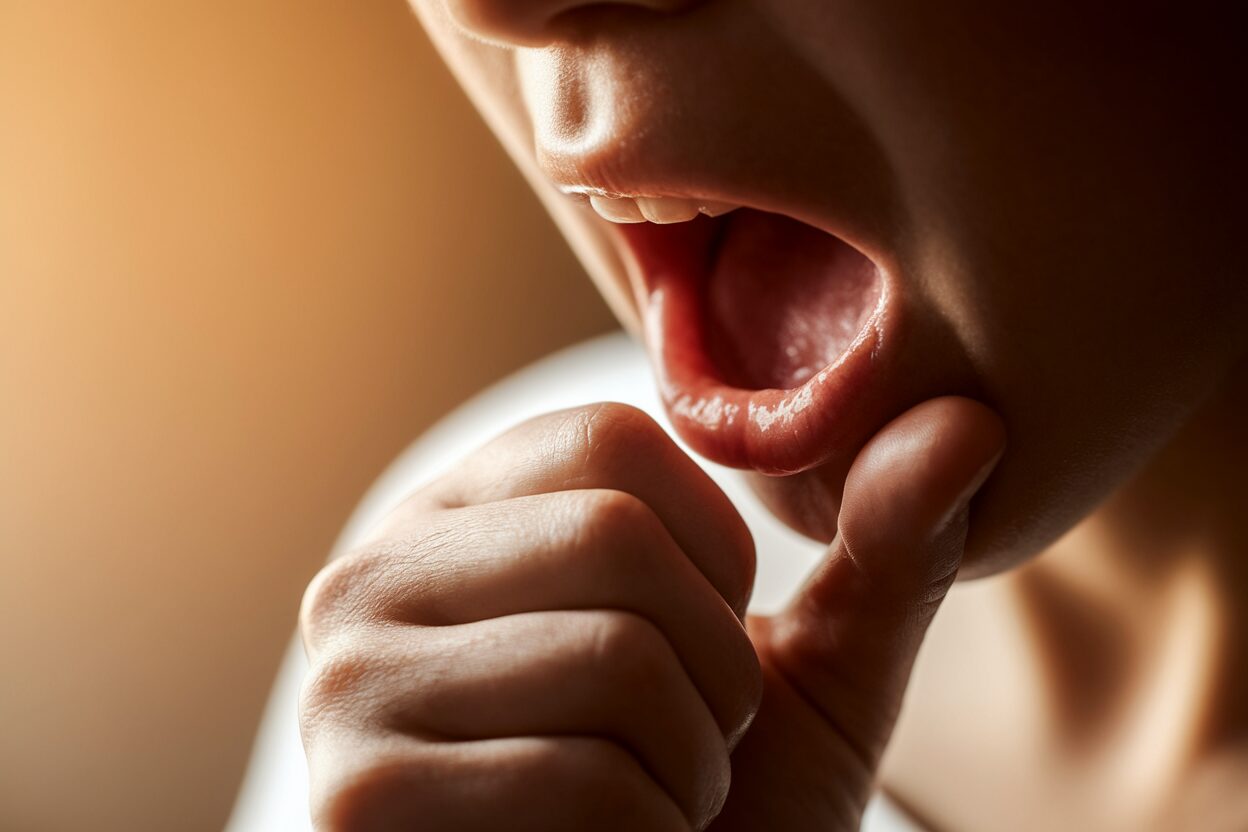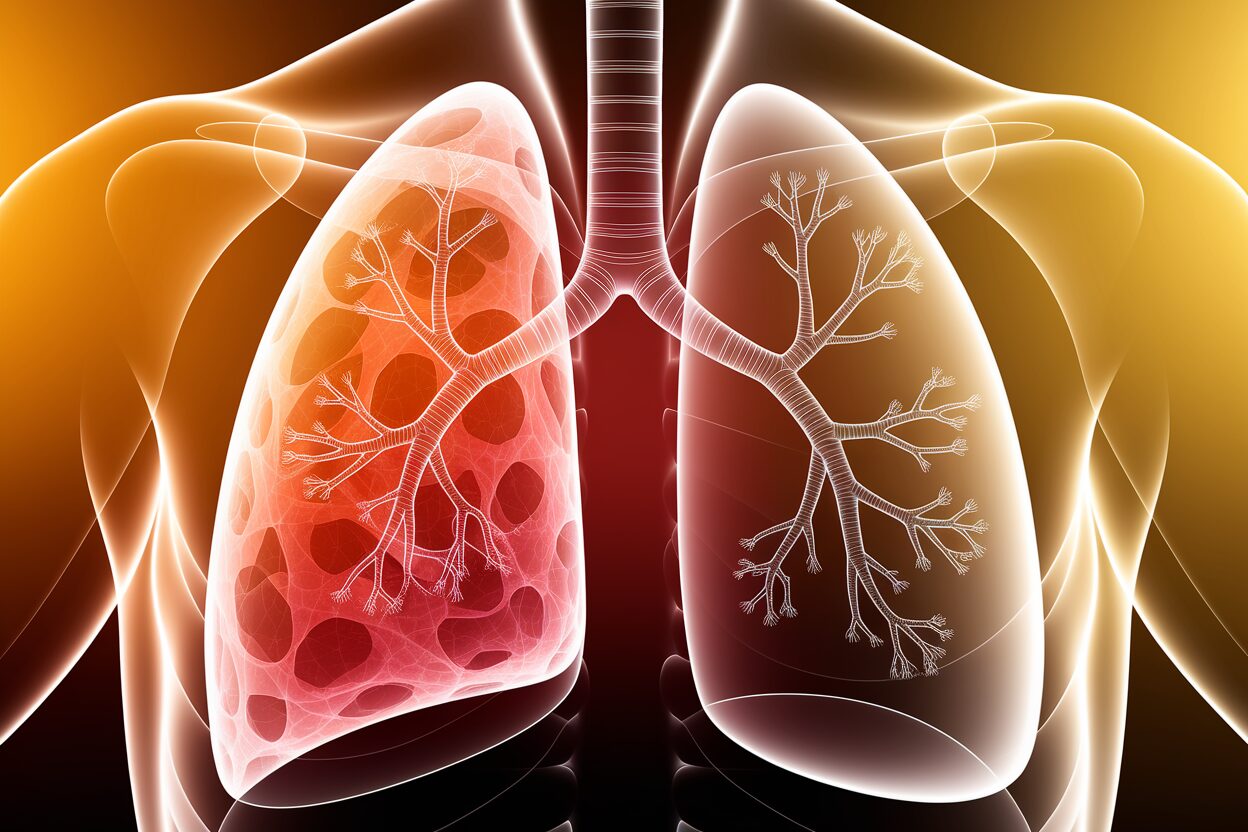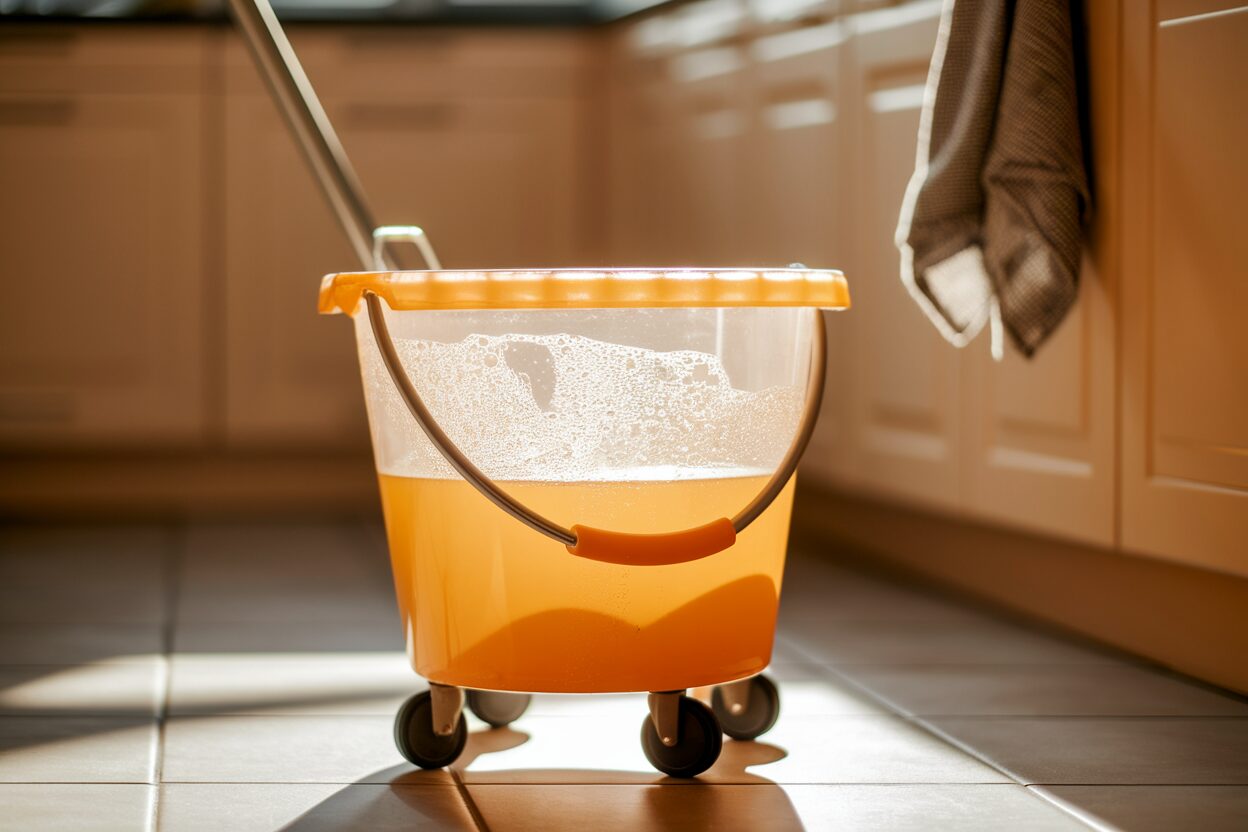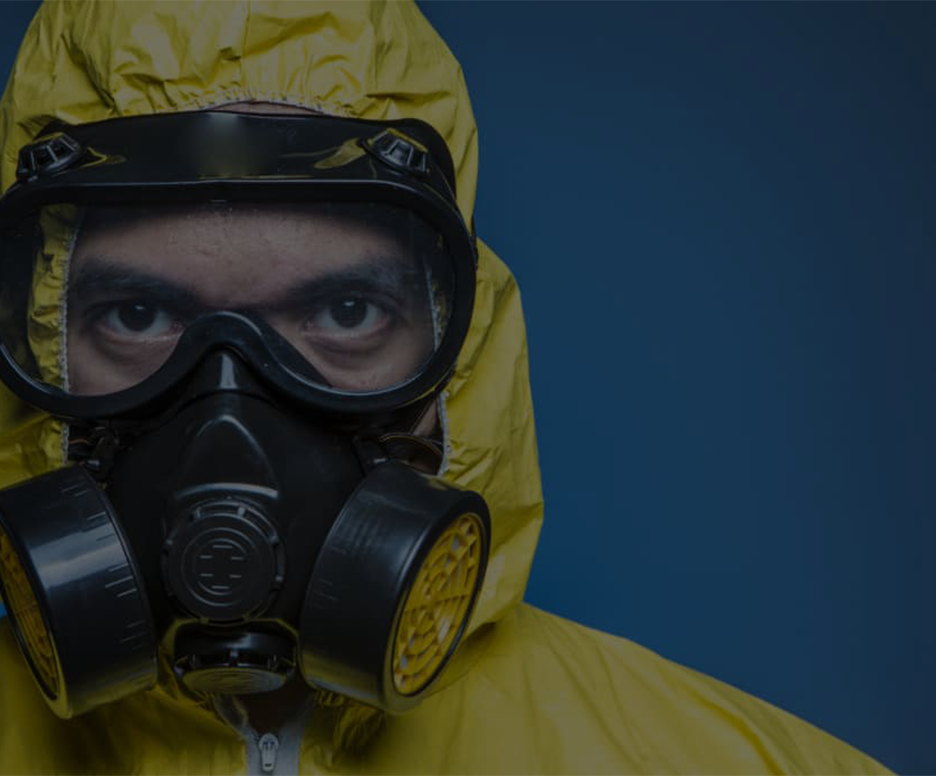
The Health Risks Of Sewage Backups In Homes
By: 911 Water Damage Experts
A sewage backup is one of the most hazardous problems a homeowner can face. It not only causes unpleasant odours and costly property damage, but it also introduces serious health risks to everyone in the home. Exposure to raw sewage can result in infections, disease, and long-term respiratory issues if not handled properly.
Let’s get right into it!
Introduction: Understanding Sewage Backups And Their Dangers
When wastewater from toilets, showers, or floor drains fails to exit through the sewer system, it may back up into your home. This can happen due to blockages, tree root infiltration, broken pipes, or overwhelmed municipal lines during storms. Whatever the cause, untreated sewage contains dangerous bacteria, viruses, and toxic substances that pose immediate and lasting health threats.
Common Causes Of Sewage Backups
Blocked Household Drains And Traps
Grease, food scraps, and hygiene products can clog pipes and lead to internal backups. Over time, buildup in the plumbing system creates pressure that forces waste back into lower drains and basement fixtures.
Municipal Sewer Main Issues
Heavy rainfall or system malfunctions can overwhelm city sewer lines. In these cases, sewage may back up through basement drains, especially in homes without backflow prevention systems. These types of backups often contain waste from multiple properties.
Tree Roots And Ground Shifting
Tree roots naturally seek moisture and can infiltrate older clay or concrete sewer lines. As they expand, they can create blockages or even collapse the pipe entirely, leading to backups. Ground movement from freeze-thaw cycles can also stress and break buried lines.
Pathogens And Contaminants Present In Sewage
Bacterial Hazards (E. Coli, Salmonella)
Raw sewage carries bacteria like Escherichia coli and Salmonella, both of which can cause gastrointestinal distress, fever, vomiting, and in severe cases, kidney failure. These bacteria spread through contact with contaminated water or surfaces.
Viral Risks (Hepatitis A, Norovirus)
Viruses found in sewage can survive for days on surfaces. Hepatitis A attacks the liver, while norovirus causes severe stomach flu. Both are highly contagious and can infect entire households within hours of exposure.
Chemical Contaminants And Toxins
Aside from biological agents, sewage may contain household cleaners, pesticides, or industrial waste. These chemicals can irritate the skin, damage the lungs, or lead to long-term neurological effects with repeated exposure.
Health Impacts And Symptoms To Watch For
Gastrointestinal Illnesses
Exposure to contaminated water can lead to nausea, diarrhoea, stomach cramps, and vomiting. These symptoms typically appear within hours of contact and can last several days. Children and seniors are at greater risk of dehydration.
Skin Infections And Respiratory Issues
Direct contact with sewage can cause rashes, blisters, and open sores. Inhalation of airborne pathogens may result in coughing, shortness of breath, or worsened asthma symptoms. Mold spores can develop within 24 to 48 hours of exposure.
Long-Term Exposure Concerns (Asthma, Allergies)
Even after the sewage is cleaned up, lingering moisture and microbial residue can contribute to chronic health problems. Studies show that homes with a history of sewage backups are more likely to contain indoor air contaminants that trigger allergies and respiratory conditions.
Cleanup, Prevention And Professional Remediation
Safe DIY Cleanup Steps
For minor backups, wear gloves, boots, and a mask. Remove standing water using a wet vacuum and dispose of contaminated materials like rugs and drywall. Disinfect all surfaces thoroughly using a bleach solution. Never use a standard vacuum or touch sewage with bare hands.
When To Call A Certified Restoration Professional
If the backup covers a large area, involves multiple rooms, or includes black water (from toilets or storm drains), you must call in certified technicians. They use industrial-grade cleaning agents, air scrubbers, and moisture meters to ensure full sanitization.
Preventative Plumbing And Sewer Maintenance
Install backwater valves, regularly clean mainline traps, and avoid flushing non-degradable items. Annual camera inspections and root treatments can catch potential issues before they escalate into a health hazard.
FAQs
1. What Is The Most Dangerous Part Of A Sewage Backup?
The presence of bacteria, viruses, and toxic chemicals makes contact or inhalation extremely hazardous.
2. Can I Clean Up A Small Sewage Backup Myself?
You can clean minor backups if you wear proper protective gear and use disinfectants, but major incidents require professionals.
3. How Quickly Should I Respond To A Sewage Backup?
Immediately. The longer sewage sits, the higher the risk of contamination, structural damage, and mould growth.
4. Is Sewage Backup Covered By Insurance In Canada?
Only if you have added sewer backup coverage. Standard home insurance typically does not include it.
5. Can Sewage Cause Mould Growth?
Yes, moisture from sewage can lead to mould formation within 24 to 48 hours, which adds additional health risks.
6. What Symptoms Should I Watch For After Exposure?
Nausea, vomiting, skin irritation, or difficulty breathing are common signs. Seek medical attention if they persist.
7. How Can I Prevent Future Sewage Backups?
Install a backwater valve, avoid flushing harmful items, and schedule regular plumbing inspections.
8. Are There Government Rebates For Sewage Backup Prevention?
Yes, many municipalities offer rebates for backwater valve installation and flood protection measures.
9. Should I Replace Carpets And Drywall After A Backup?
Yes, porous materials exposed to sewage must be removed and replaced to prevent lingering contaminants.
10. Is It Safe To Stay In The House During Cleanup?
Only if the contaminated area is sealed off and you are not exposed. In severe cases, it is safer to vacate.
Conclusion
Sewage backups pose severe health risks that go beyond property damage. Whether caused by internal blockages, city sewer overloads, or tree roots, the contamination they bring demands immediate action. Understanding the dangers, acting fast, and knowing when to call professionals are essential steps to keep your home safe, healthy, and fully restored.
If you have any questions about water damage and water damage restoration feel free to call us at 1-833-WE-DRY-IT or chat with us in near real-time on our Facebook fan page.



